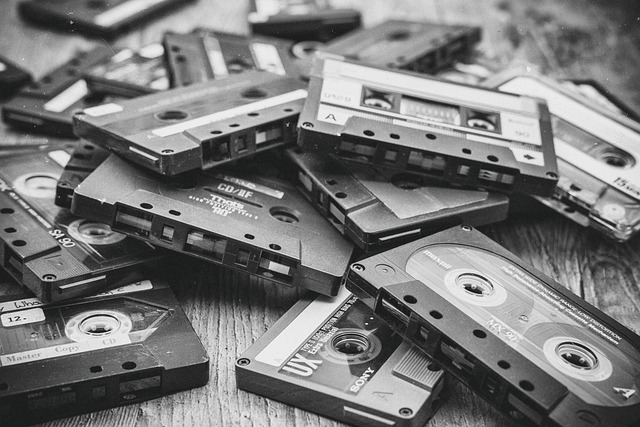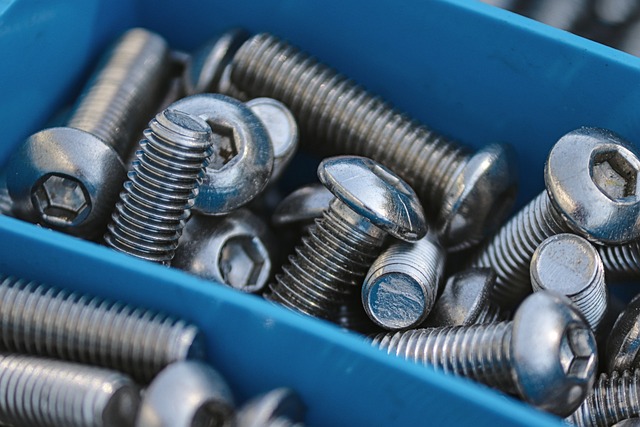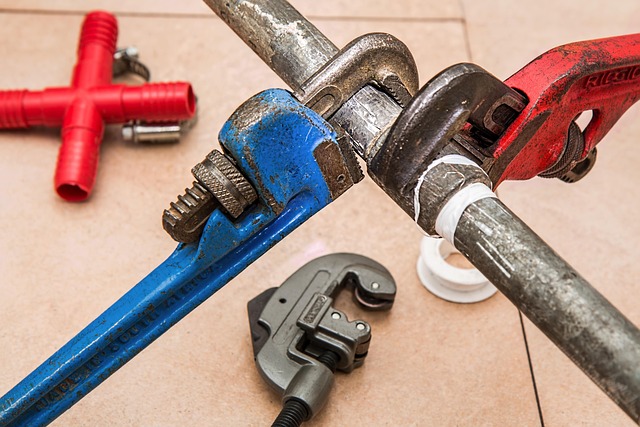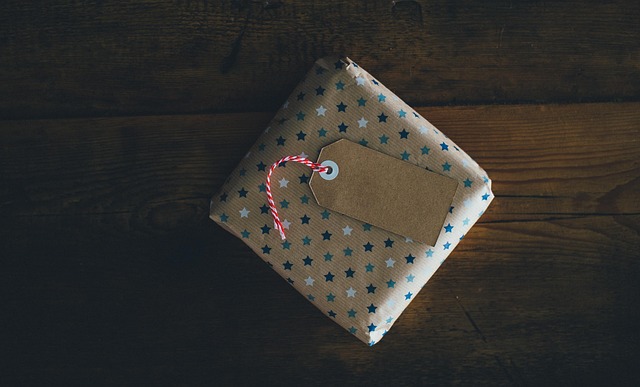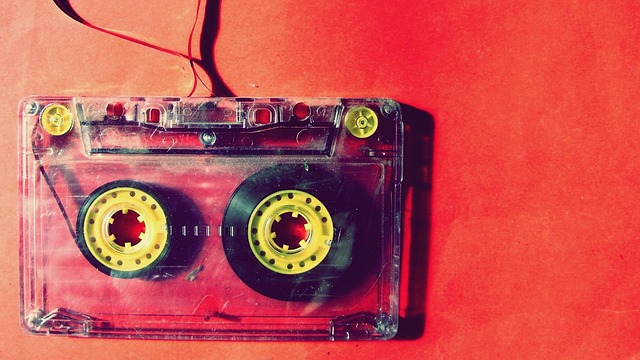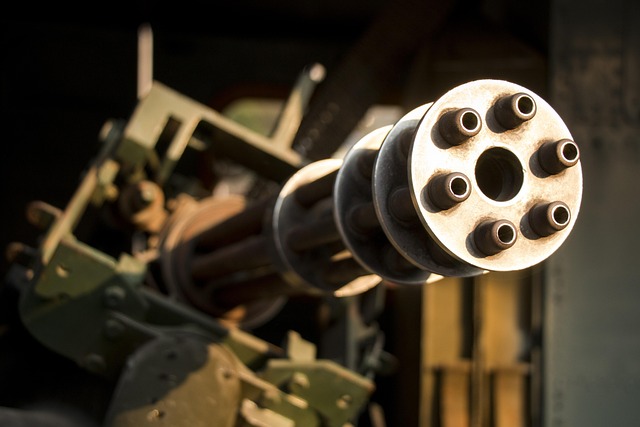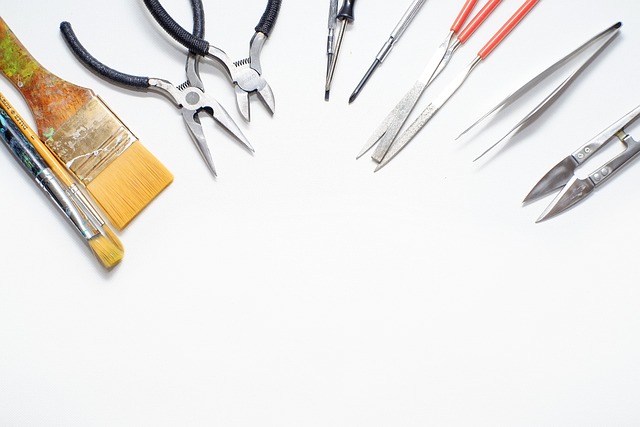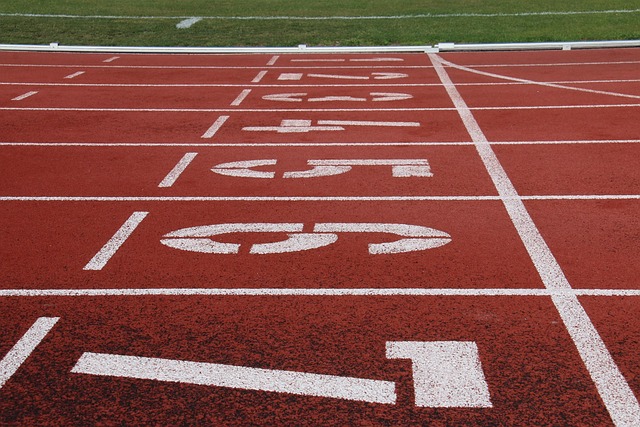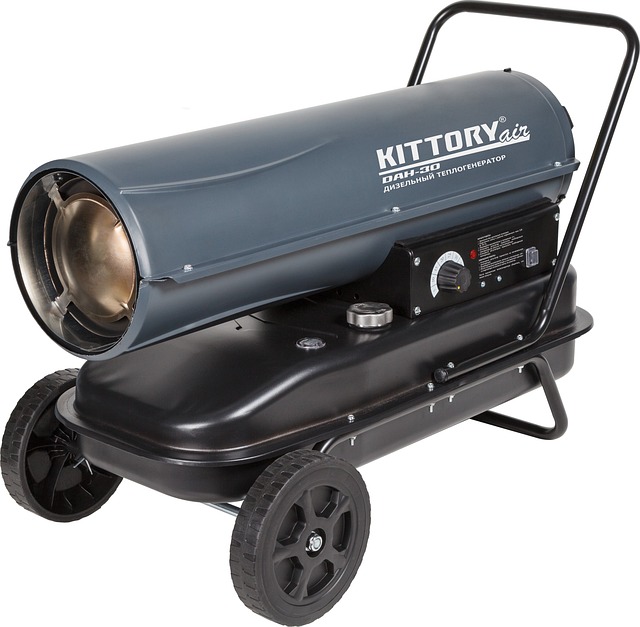Introduction to the Knife-less Tape Wrap Method
The knife-less tape wrap method is an innovative technique that transforms the way we approach wrapping tasks in various projects. Whether you are a DIY enthusiast or a seasoned professional, this method eliminates the need for sharp blades, allowing for safer and more precise cuts. In this blog post, we will explore the benefits, application, and step-by-step guide to mastering this revolutionary technique.
Benefits of the Knife-less Tape Wrap Method
- Safety: The most significant advantage of this method is the removal of sharp blades from the equation, drastically reducing the risk of cuts and injuries.
- Precision: The knife-less tape wrap method allows for clean and accurate cuts, ensuring that your projects maintain a professional finish.
- Versatility: This technique can be applied to various materials, including vinyl, paper, and other surfaces, making it suitable for a wide range of projects.
- Ease of Use: The method is simple to master and requires minimal tools, making it accessible for anyone, regardless of skill level.
How to Use the Knife-less Tape Wrap Method
Materials You Will Need
- Knife-less tape (available at most craft stores)
- Surface to wrap (car, furniture, etc.)
- Clear tape (optional)
- Scissors (optional)
- Cleaning materials (to prepare the surface)
Step-by-Step Guide
- Prepare Your Surface: Before you start, ensure that the surface you intend to wrap is clean and dry. Use appropriate cleaning materials to remove dust, oils, or dirt.
- Measure and Cut the Tape: Measure the area you want to cover and cut a piece of knife-less tape accordingly. The tape usually comes with a pre-designed cutting line.
- Position the Tape: Carefully position the tape on the surface, ensuring that it is aligned correctly. Smooth it down gently to avoid any air bubbles.
- Apply Pressure: Once the tape is in place, apply consistent pressure along the length of the tape. This step is crucial as it helps the adhesive bond effectively to the surface.
- Activate the Cutting Feature: Use the pull tab included in the knife-less tape to activate the cutting feature. Pull the tab firmly; it will cut through the tape without needing a knife.
- Finish Up: Once the tape is cut, remove any excess tape, and ensure that the edges are clean. If necessary, use clear tape to secure the edges further.
Tips for Success
- Practice: If you are new to the knife-less tape wrap method, consider practicing on a scrap piece of material before tackling your primary project.
- Choose the Right Tape: Different projects may require different types of knife-less tape. Make sure to choose the one that is suitable for your specific task.
- Work Slowly: Take your time when applying the tape and activating the cutting feature to ensure the best results.
- Keep Tools Handy: Have scissors and clear tape nearby for adjustments or to secure edges if needed.
Common Applications of the Knife-less Tape Wrap Method
The knife-less tape wrap method can be utilized in various applications, including:
- Automotive Wrapping: Perfect for wrapping cars, trucks, and other vehicles to enhance their appearance.
- Home Decor: Use it to wrap furniture, create wall decals, or customize home accessories.
- Arts and Crafts: An excellent choice for craft projects, allowing for intricate designs without the risk of injury.
- Packaging: Ideal for wrapping gifts or products, providing a neat and professional finish.
Conclusion
The knife-less tape wrap method is a game-changer for anyone looking to enhance their wrapping skills while prioritizing safety and precision. By following the steps outlined in this guide, you can master this technique and apply it to a variety of projects. So, gather your materials, and start exploring the endless possibilities this innovative method offers!

